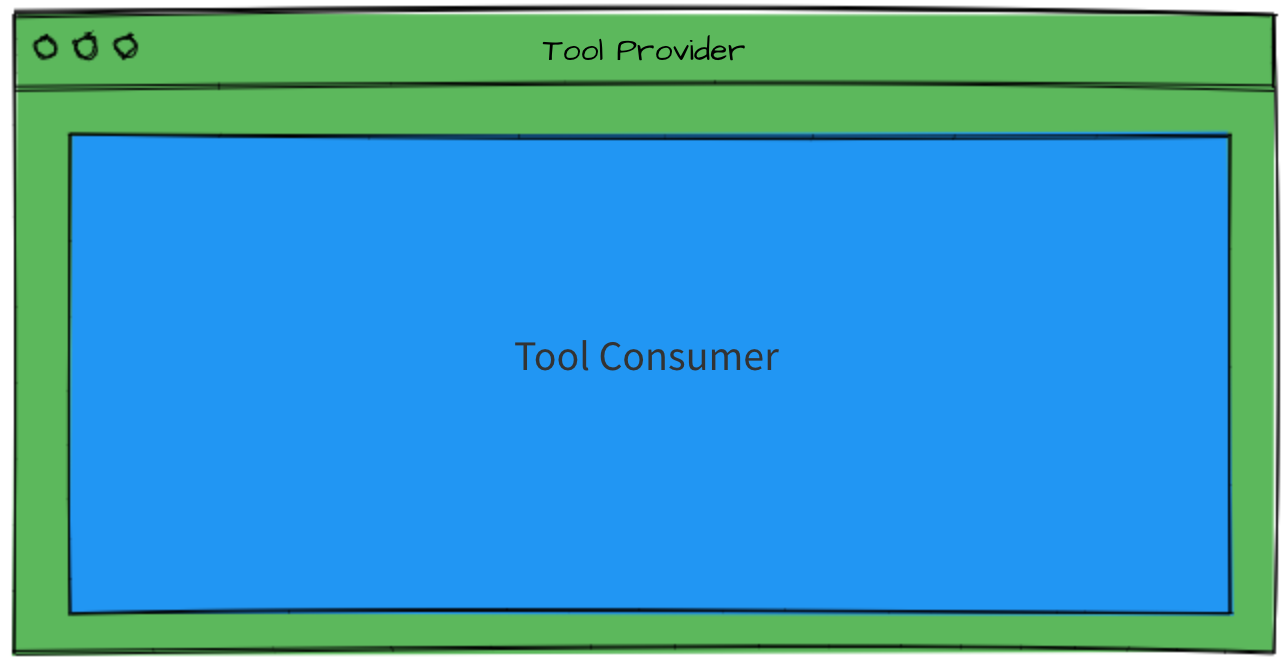Learning Tools Interoperability
What It Is
Learning Tools Interoperability (LTI) is a specification developed by IMS Global Learning Consortium. The purpose of LTI is to establish a standard way to integrate remotely hosted learning applications with platforms like learning management systems (LMS) and similar educational environments.
Learning applications are called Tools, and they
are delivered by Tool Providers.
These are things like interactive exercises that a student might
do for a grade.
The LMS (systems
like Canvas,
Moodle, etc), or platform,
is called a Tool Consumer.
At the moment, Canvas is the LMS that is most advanced in its
support for LTI since Instructure is a major participant in the
IMS consortium.
But other LMS also support LTI, and so you can use the
techniques described at this site to integrate tools with many LMS.
Some Useful Examples
The LTI specification enhances the functionality provided by a Tool Consumer and provides instructors with various applications that they can embed into their course. For example:
- Code Workout is a tool developed at Virginia Tech. It lets students answer and get credit for small programming exercises. As a third-party tool, Code Workout is hosted on Virginia Tech's servers. Canvas (or another LTI-compliant LMS acting as a Tool Consumer) integrates Code Workout seamlessly as a Canvas Assignment embedded in a Canvas page. This enables students to work coding exercises from within Canvas in the same way that they might do any Canvas-native assignment, and receive a score in the Canvas gradebook for doing that assignment.
- The Wikipedia LTI application lets instructors search through English Wikipedia articles and link to or embed these articles into course material.
- The Piazza LTI application adds a link to Canvas course navigation for Piazza discussions, and auto-logs the user into the piazza discussion area from the LMS.
How It Works (Simple Version)
LTI enables the tool consumer to send a user to the tool
provider in a trusted way.
The trust assertion allows the user to be automatically signed
in to the tool provider and directed to the specific content
content being provided by the tool provider.

Security: LTI Authentication uses the OAuth standard, which is a secure protocol over HTTPS for communication between different systems. The consumer and a provider share a consumer key and shared secret via an HTTP POST request. They are used to sign any messages passed between the two systems. The signature is done through OAuth, so that the signatures can be verified by either party.